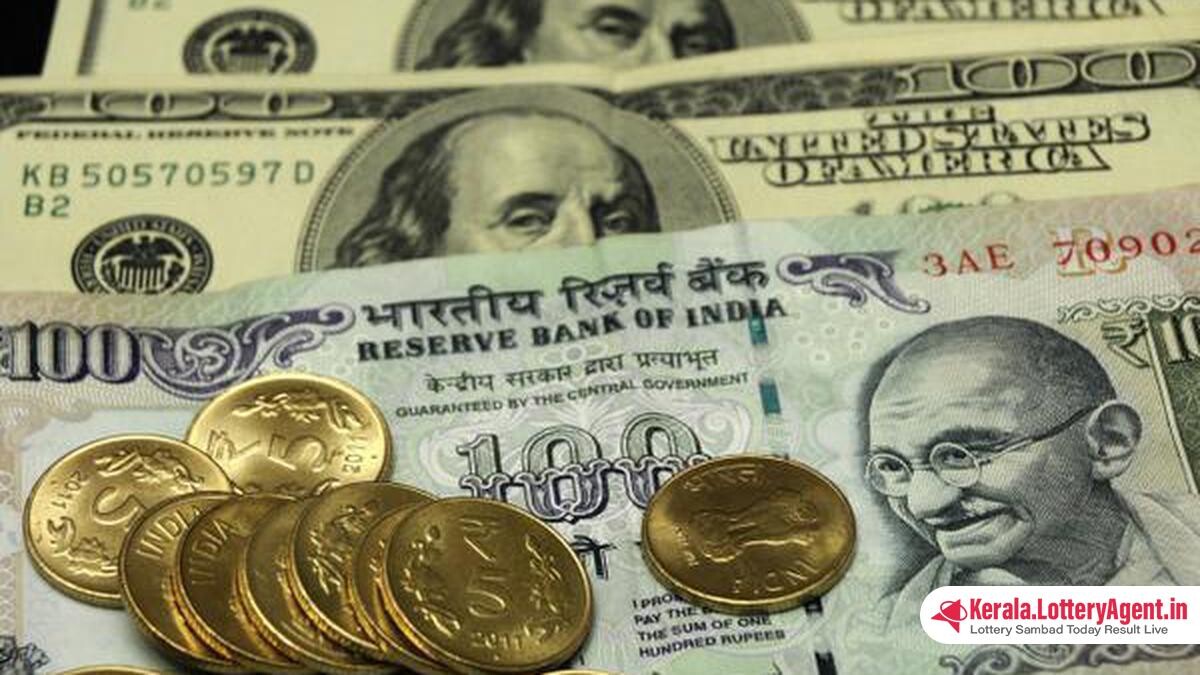
In recent financial developments, the Indian Rupee has depreciated nine paise to 83.53 against the U.S. dollar in the early trading hours of April 16. Market analysts attribute this slight downturn to multiple economic factors including the robust performance of the American currency and a surge in crude oil prices. These elements have cast a shadow on the Rupee, invoking a mood of caution among Forex traders as they navigate a challenging economic landscape.
The onset of the trading day saw the Rupee open marginally lower at 83.51 against the dollar, followed by a dip to 83.53, marking a nine paise decline from its last closing figure. This continued the downward trajectory from the previous day wherein the Rupee fell by six paise, finishing at 83.44 against the U.S. dollar.
Market experts have observed an outflow of foreign funds which has been continuous and sustained, exacerbating the pressure on the Rupee. The domestic equities have also mirrored this negative trend, with key stock indices reflecting a dip in investor confidence. Anil Kumar Bhansali, Head of Treasury and Executive Director at Finrex Treasury Advisors LLP, weighed in on the developments, noting that the foreign portfolio investors have been flocking towards the dollar and disposing of stocks due to rising tensions in the Middle East and climbing U.S. yields. Bhansali also highlighted the importance of the Reserve Bank of India’s role in responding to the depreciation of the Rupee, which remains a significant determinant in the ongoing financial equation.
In sync with the slip of the Rupee, the dollar index, an indicator of the U.S. dollar’s strength against a collective of six major currencies, recorded an uptick of 0.13%, standing at 106.34. This suggests a consolidating dollar, echoing the sentiments surrounding the American currency on the global stage.
In the commodities market, Brent crude futures, the international benchmark for oil prices, saw an increase of 0.53%, resulting in a price of $90.58 per barrel. The geopolitical unrest in the Middle East, particularly the implications of Israel’s probable retaliation to the Iranian assault, has put additional upward pressure on oil prices, affecting global markets including India.
Closer to home, the domestic stock indexes demonstrated a decline, with the BSE Sensex falling by 307.44 points or 0.42%, trading at 73,092.34 points. Concurrently, the broader NSE Nifty slipped by 76.50 points or 0.34%, landing at 22,196.00 points. Market participants keep a close watch on Foreign Institutional Investors (FIIs), whose net selling position tallied at ₹3,268.00 crore, as per exchange data dated April 15.
Complementing these market movements, macroeconomic indicators have shown a marginal increase in wholesale inflation. The month of March reported inflation at a three-month peak of 0.53%, an increment from the preceding month’s 0.20%. This increase is attributed to heightened prices of key commodities such as vegetables, oil, onions, and potatoes.
The Indian export sector also presents a mixed picture, with merchandise exports registering a slight decrease in March at $41.69 billion, alongside a 3.11% contraction during the last fiscal year, totaling $437.06 billion. These numbers reflect the continued strain on global trade and geopolitical disturbances—factors that have a definitive impact on India’s external economic engagements.
This fiscal environment marked by a combination of domestic and global challenges positions the Rupee’s journey against the U.S. dollar as one to watch in the weeks ahead, for investors, government authorities, and market participants alike. All eyes will remain on the Reserve Bank of India’s maneuvers to stabilize the currency and the holistic response to the intertwined factors at play in the international financial ecosystem.












